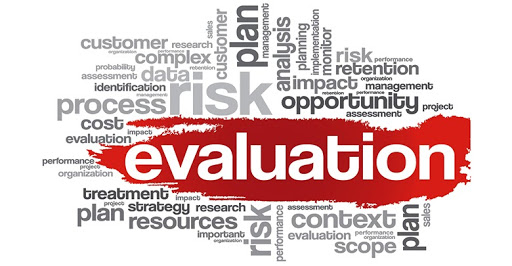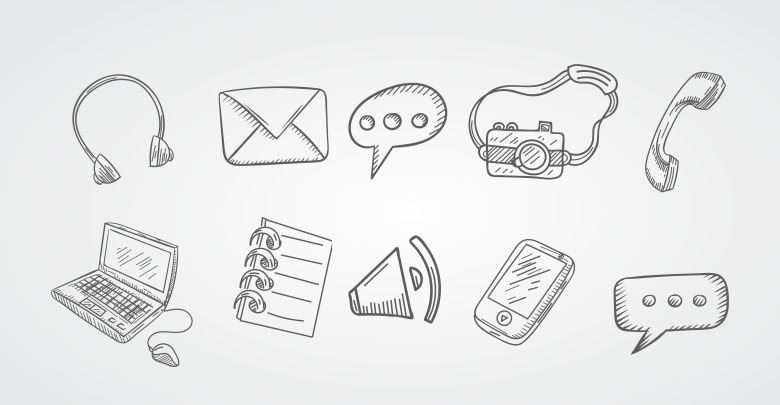Skills to collect, choose, interpret and use the information according to the context of the activity.
Skills to collect, choose, interpret and use the information according to the context of the activity.
-
If we don’t put the information that we have collected in the right perspective, we could lose the real dimension of the project, issue or problem. The context is the basis for reading the findings and allow the development of an opinion, ideas or future strategies. The context is one of the fundamental items that are allowing a researcher to…
Read More » -
Introduction: When we take a step back and attempt to simplify data analysis, we can quickly see it boils down to two things: qualitative and quantitative data. These two types of data are quite different, yet, they make up all of the data that will ever be analyzed. Before diving into data analytics, it’s important to understand the key differences…
Read More » -
Introduction: We had already discussed the difference between quantitative and qualitative data collection in another article. Here we would like to have a look at the topic from the perspective of psychosocial research. Content: In psychosocial research, ‘quantitative’ research methods are appropriate when ‘factual’ data are required to answer the research question; when general or probability information is sought on…
Read More » -
Introduction: Many methodologies can be used for collecting data, even too many if we are not fully aware of the way we are going to use them. Content: DIFFERENT METHODS OF COLLECTING INFORMATION METHOD ADVANTAGES DISADVANTAGES Surveys (Mail) · Many people can be surveyed · Not time-consuming · Relatively inexpensive · Everyone gets the same instrument · Objective interpretation ·…
Read More »



